ECB left monetary policy unchanged as widely expected. Main refinancing rate is held at 0.00%. Marginally lending and deposit rates are held at 0.25% and -0.50% respectively.
Forward guidance was unchanged that key ECB interest rates will remain at present or lower levels “until it has seen the inflation outlook robustly converge to a level sufficiently close to, but below, 2% within its projection horizon, and such convergence has been consistently reflected in underlying inflation dynamics.”
Full statement below.
Monetary Policy Decisions
At today’s meeting the Governing Council of the European Central Bank (ECB) decided that the interest rate on the main refinancing operations and the interest rates on the marginal lending facility and the deposit facility will remain unchanged at 0.00%, 0.25% and -0.50% respectively. The Governing Council expects the key ECB interest rates to remain at their present or lower levels until it has seen the inflation outlook robustly converge to a level sufficiently close to, but below, 2% within its projection horizon, and such convergence has been consistently reflected in underlying inflation dynamics.
As decided at the last Governing Council meeting in September, net purchases will be restarted under the Governing Council’s asset purchase programme (APP) at a monthly pace of €20 billion as from 1 November. The Governing Council expects them to run for as long as necessary to reinforce the accommodative impact of its policy rates, and to end shortly before it starts raising the key ECB interest rates.
The Governing Council intends to continue reinvesting, in full, the principal payments from maturing securities purchased under the APP for an extended period of time past the date when it starts raising the key ECB interest rates, and in any case for as long as necessary to maintain favourable liquidity conditions and an ample degree of monetary accommodation.
The President of the ECB will comment on the considerations underlying these decisions at a press conference starting at 14:30 CET today.




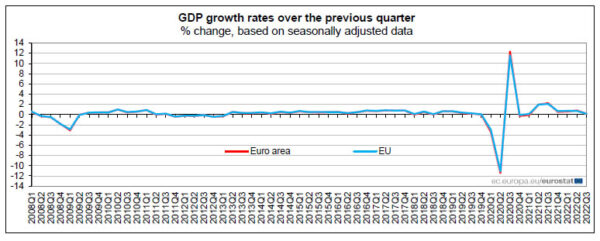
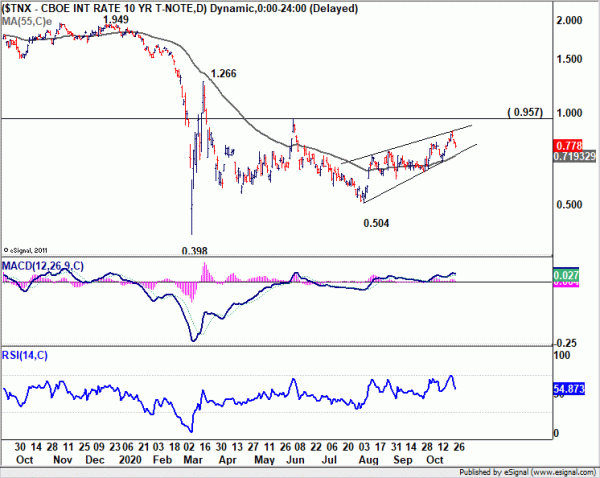
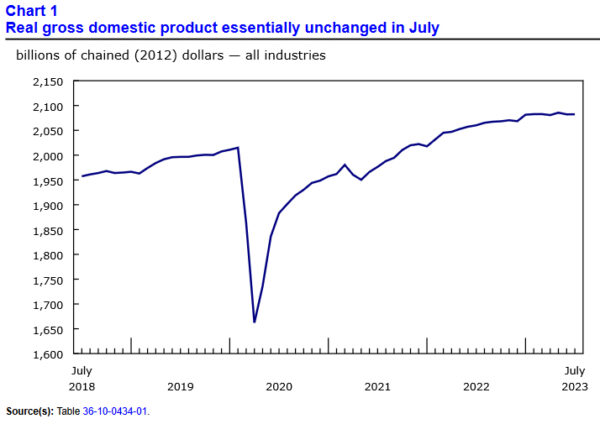
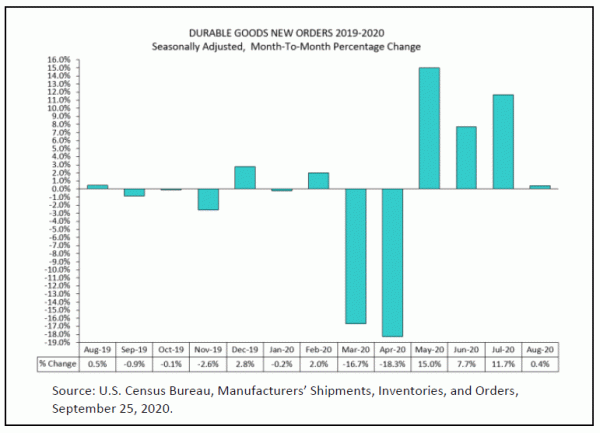
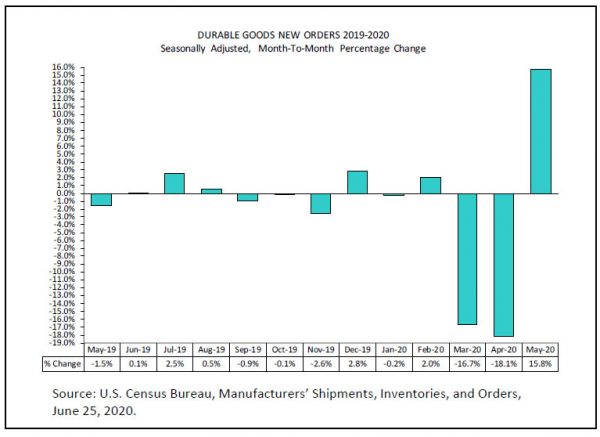
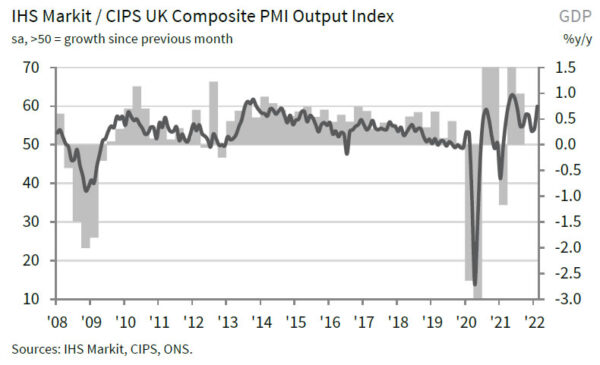
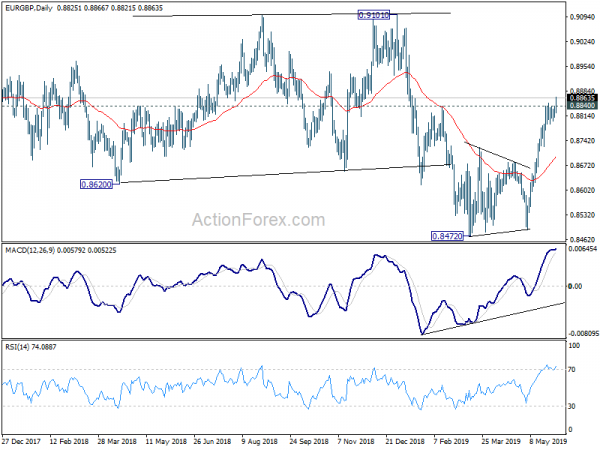
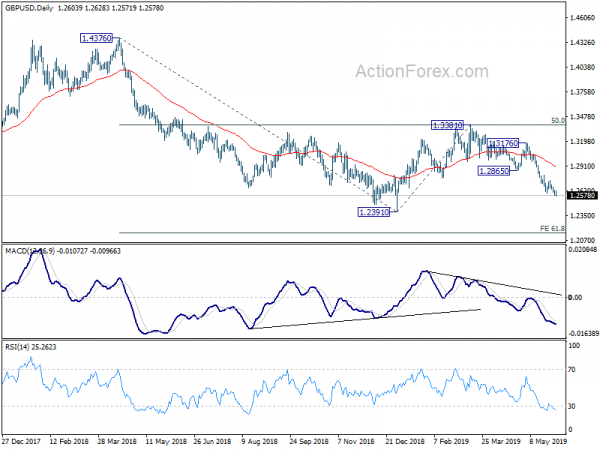
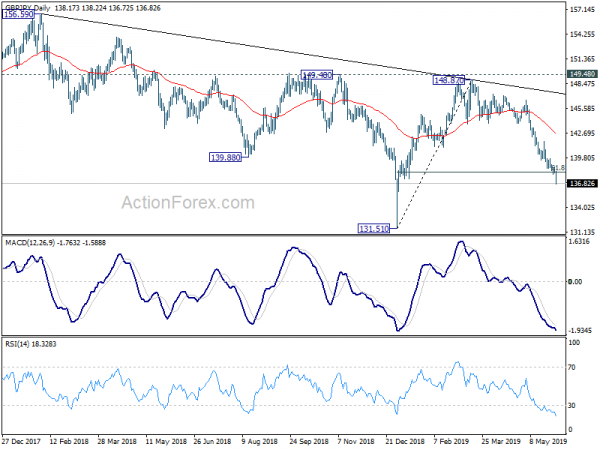
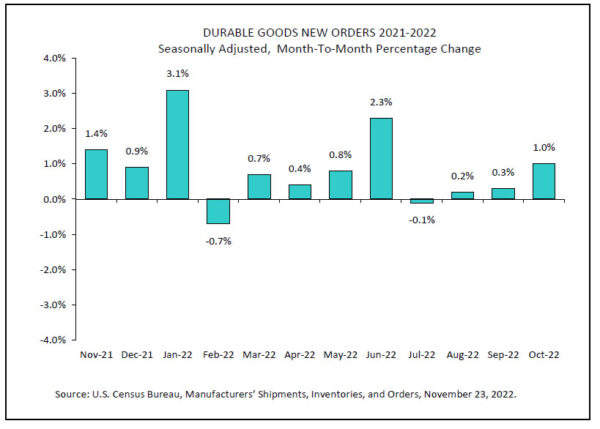
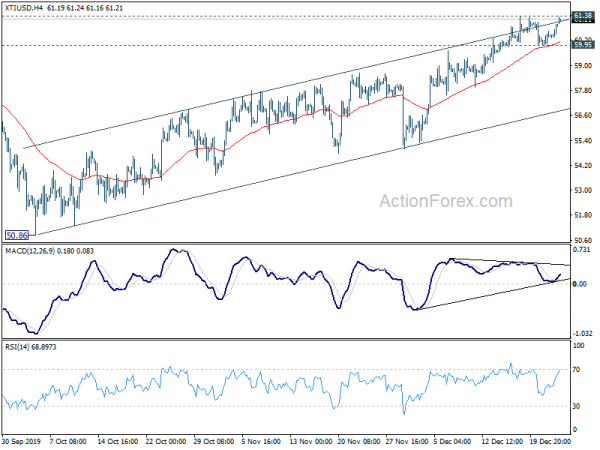
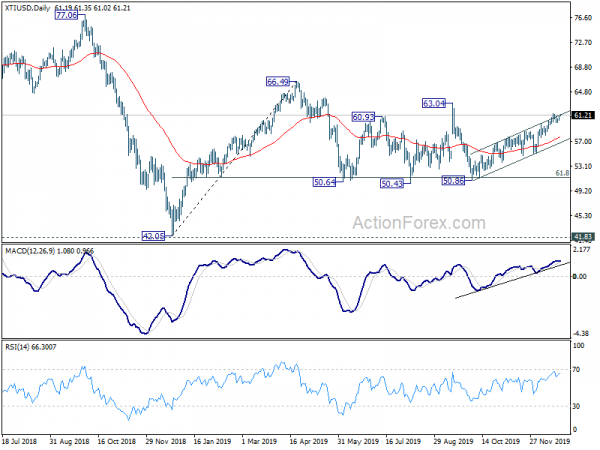

UK CPI slowed to 2.0% yoy in Jul, core CPI down to 1.8% yoy
UK CPI slowed to 2.0% yoy in July, down from 2.5% yoy, below expectation of 2.2% yoy. Core CPI slowed to 1.8% yoy, down from 2.3% yoy, below expectation of 2.2% yoy. RPI dropped to 3.8% yoy, down from 3.9% yoy, below expectation of 3.7% yoy.
PPI input came in at 0.8% mom, 9.9% yoy, versus expectation of 1.2% mom, 10.8% yoy. PPI output was at 0.6% mom, 4.9% yoy, versus expectation of 0.4% mom, 4.8% yoy. PPI core output was at 0.7% mom, 3.9% yoy.
Full CPI release here.